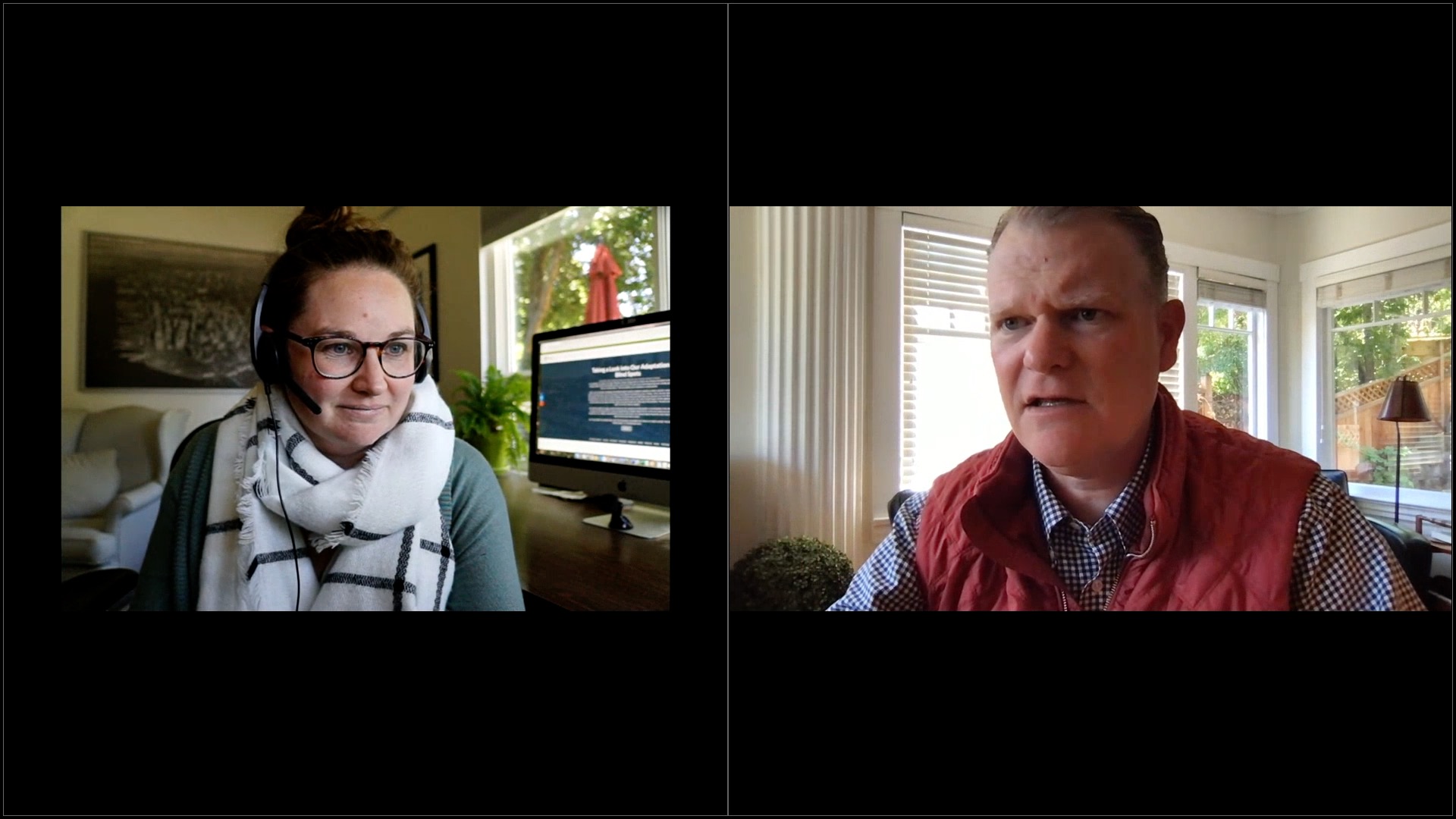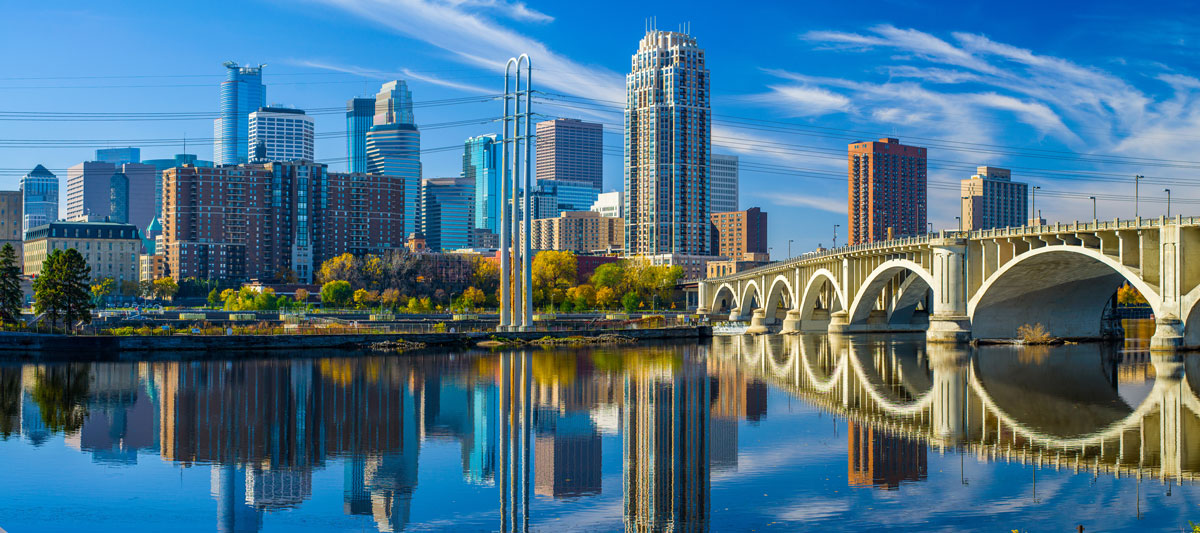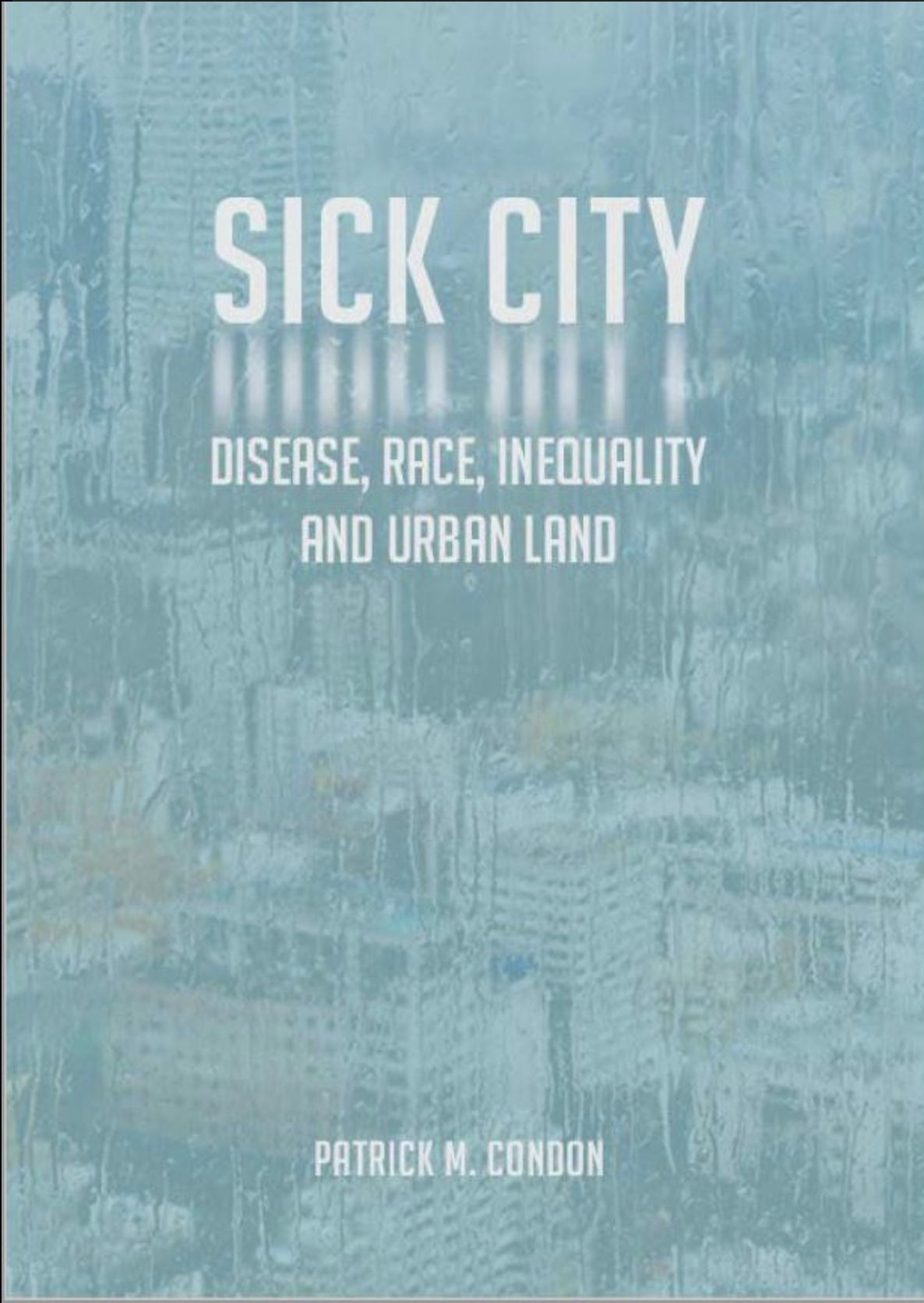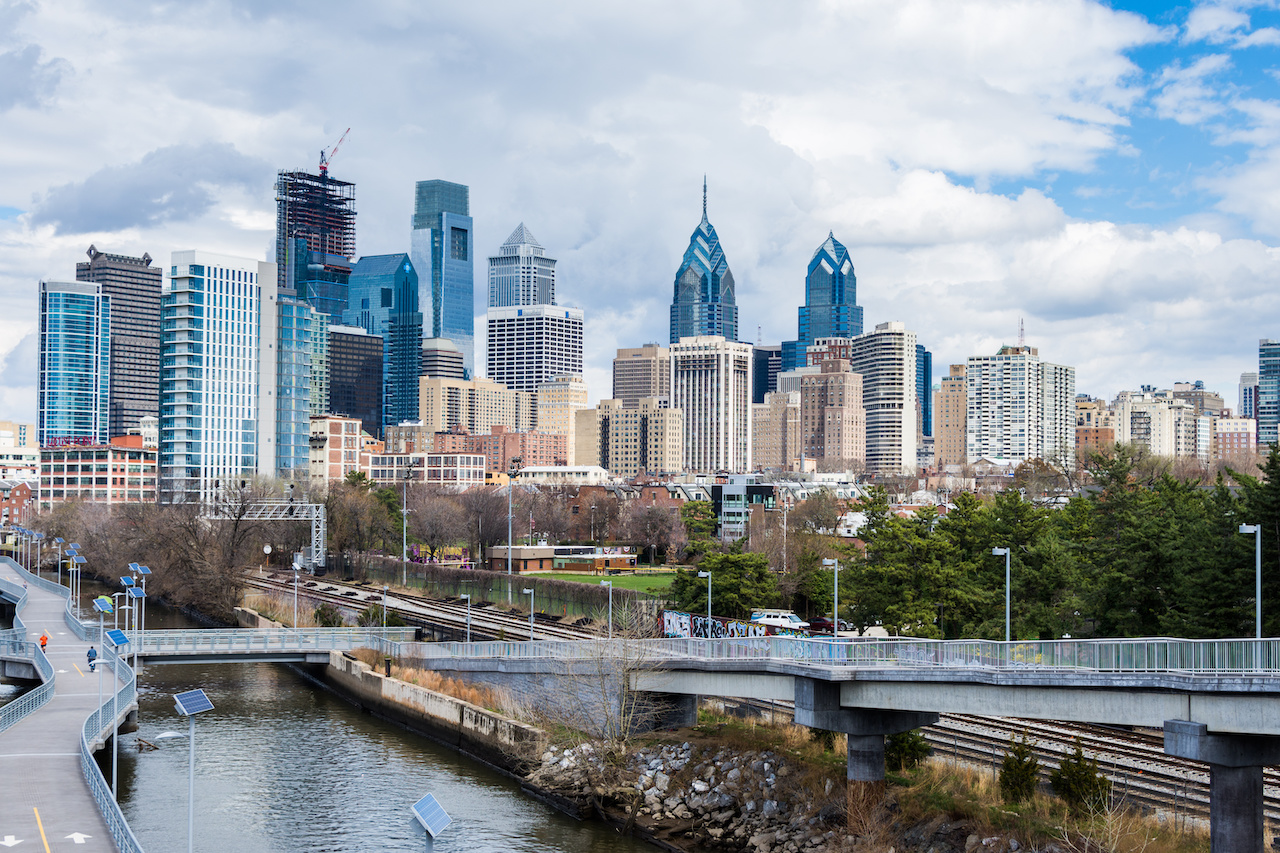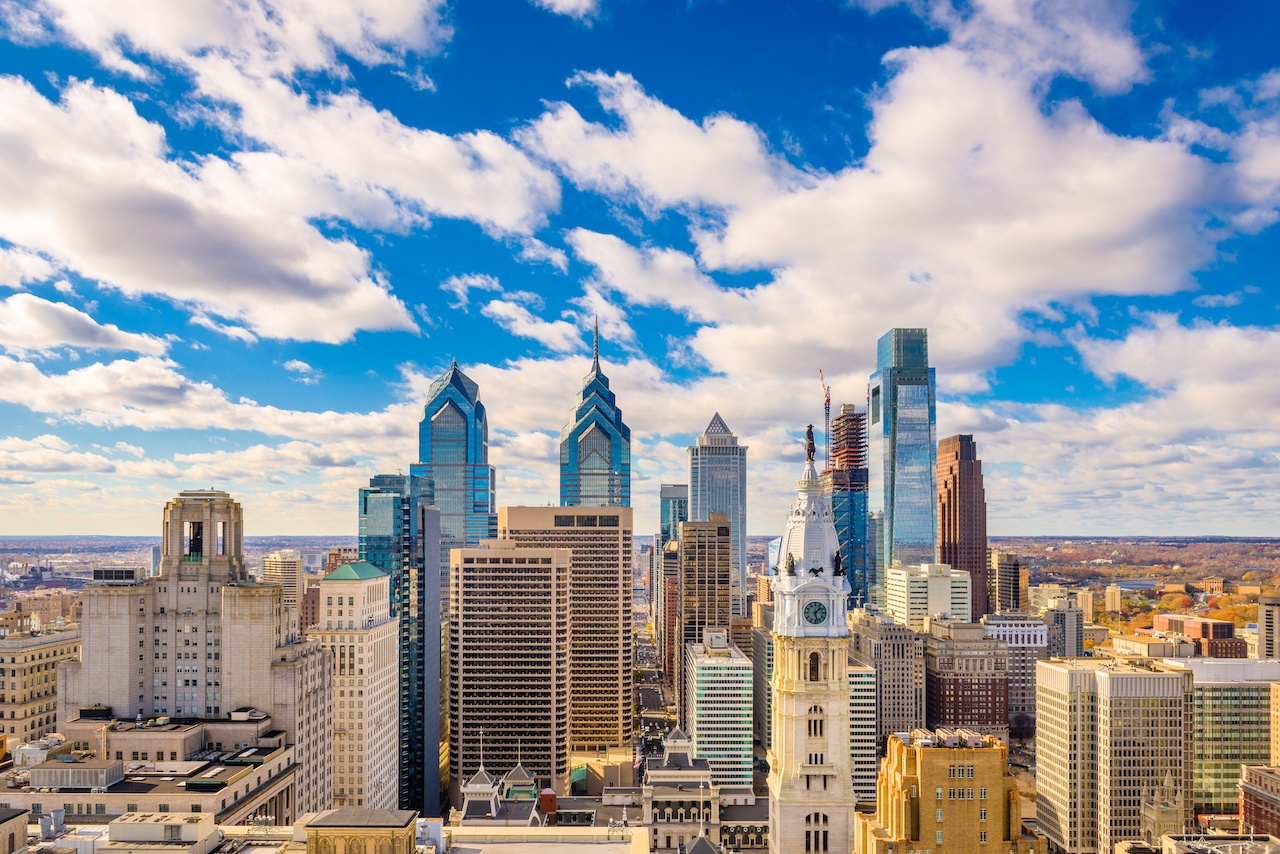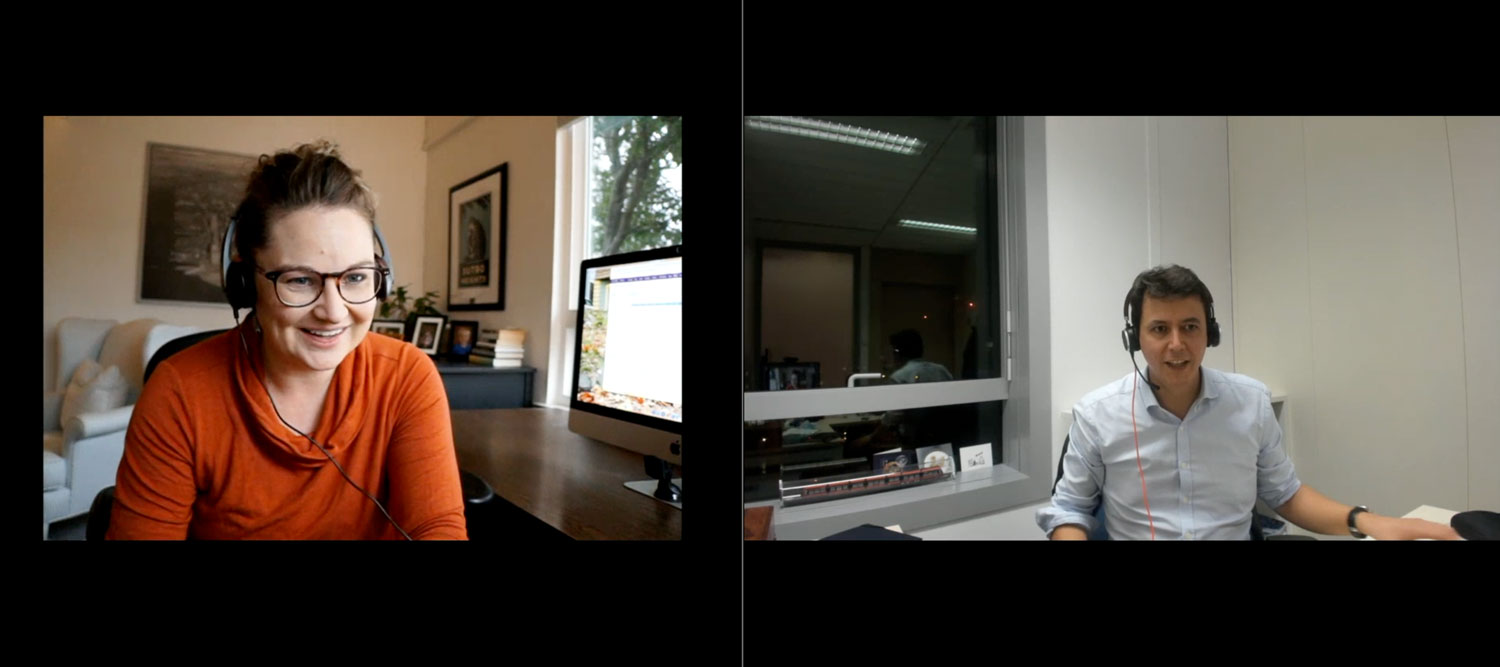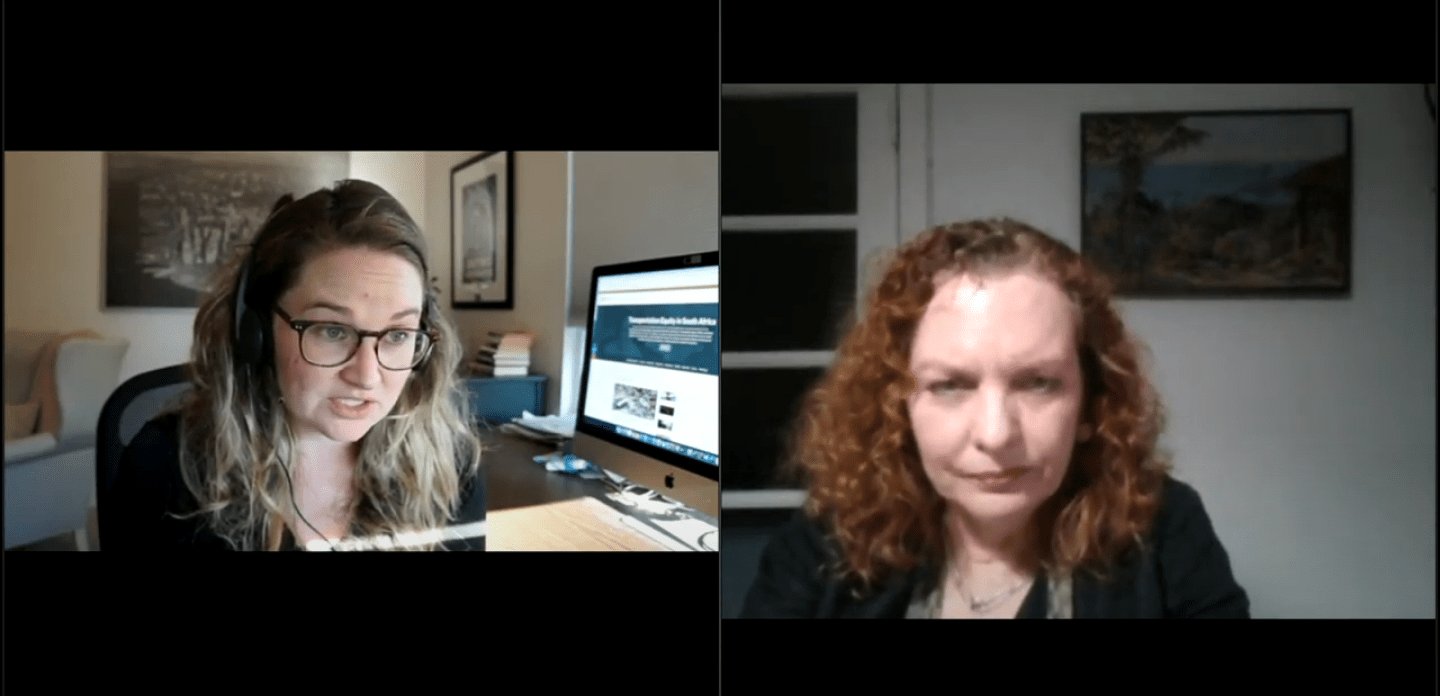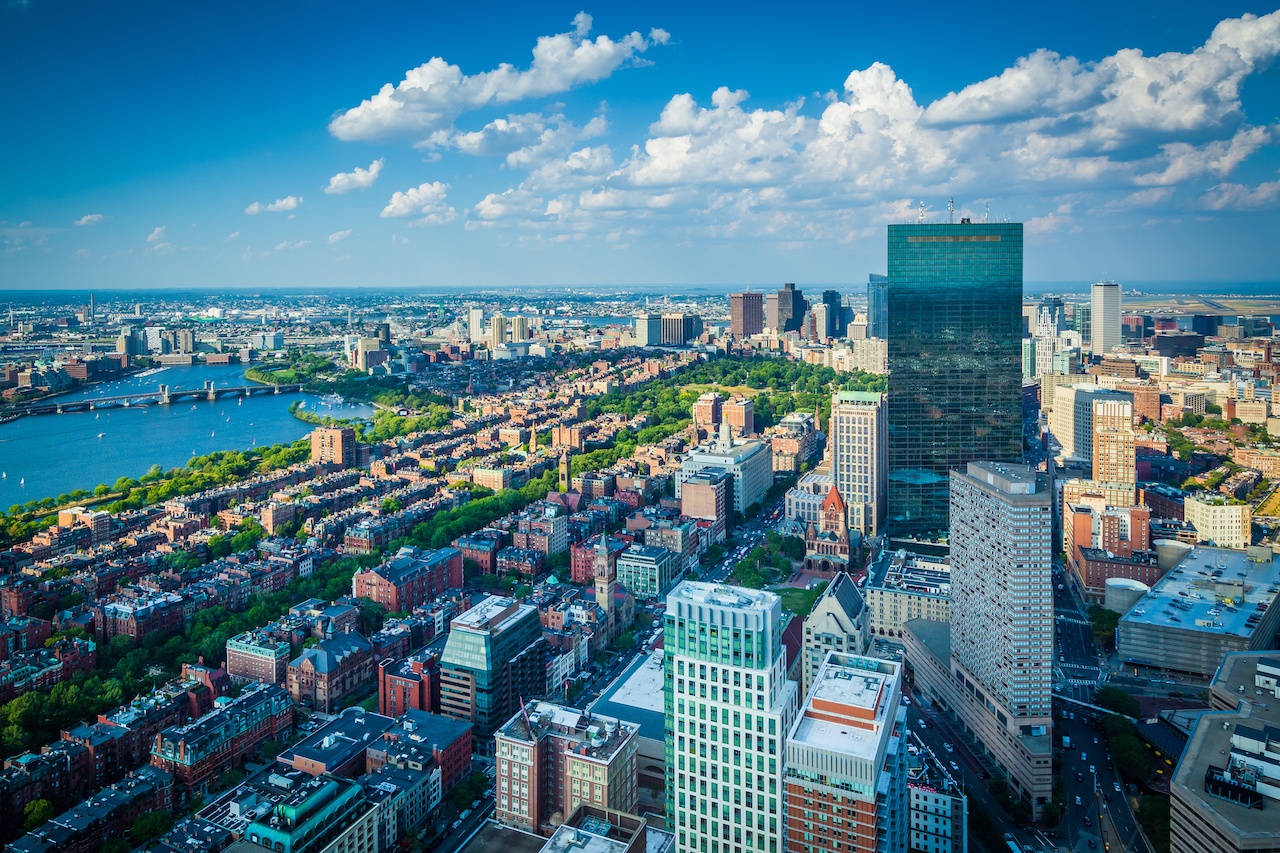Society
A broad category of content focused on societal issues in cities.
Examples: health, community, social equity, education, arts & culture, and homelessness.
Why Investing in Play Must Be Part of COVID Recovery
Infrastructure is on the tip of every mayor’s tongue. It’s no wonder, with billions in federal funding on the table for the first time in a generation and rapidly compounding infrastructure needs. American Rescue Plan dollars represent a once-in-a-lifetime opportunity to invest in communities, support resident priorities, and move the needle on racial equity all at the same time. Parks and playgrounds exist in an ideal sweet spot in each of these areas, and cities should consider making investments in these vital pieces of community infrastructure as part of their recovery and resilience strategies.
Picking the Right Team: Who Needs to Be Involved in Disaster Risk Reduction?
Cities and communities are “systems of systems”: they are complexes of interacting physical, environmental, infrastructural, economic and social systems. Each system may have a different owner and management chain, yet each needs to interact with the others to minimize risk from hurricanes, earthquakes, floods, tornadoes, wildfires and the like – as well as from pandemics. This means that disaster risk reduction (DRR – defined as disaster adaptation, mitigation, planning, response and recovery) is a “team sport”. In any community, let alone a large city or state, multiple “players”, from the public and private sectors, will be needed to complete the team. In my experience with DRR activities in cities and communities, however, key players may be omitted. This article identifies who the players are, and why they need to be involved as well as what that involvement should include.
How Cities Are Preparing for the Future of Work
Given the rapidly changing “future of work” space and the impact on our cities over the last 15 months, I decided to catch up with Robert Hoyle Brown to get the latest trends and insights on where we are now and where we are headed next.
Their new report “21 Places of the Future” touches on the key drivers for the creation of jobs in relation to place. We discussed how architectural heritage is tied to jobs and place. We also discussed how people matter and the future role of philosophers and ethicists in our data-driven world. Given the recent cyber attacks on US companies, we discussed the role of cybersecurity as a driver for the creation of jobs, including the jobs of cyber attack agent and cyber calamity forecaster. And we discussed the future of virtual workplaces. Here to stay, go, or evolve? Take a look.
Pitching Your Place of the Future to Next Gen Talent
Why one city decays and another thrives can sometimes seem random. So, trying to foresee downrange why the future will happen in City A and not City B is hard. Moreover, to imagine that there is one formula that all 7.8 billion of us should adhere to, wherever it is we live, is clearly nonsensical.
In our work, we study, research, and rank places to determine what the best practices are to increase economic prosperity, social equity, and quality of life. Ultimately, the question we want to answer is: What is it that makes a city a place of the future? In our research, one thing has become clear to us: next-gen talent is the fuel for the future of place. And by extension, jobs of the future will happen in places of the future.
No Equity, No Resilience: Minneapolis is All of Us
This article was originally published on September 8, 2020.
Update for April 20, 2021:
After the murder of George Floyd we wrote this article as a kind of blueprint, a beginning to a new way of working with equitable resilience in our cities and beyond. Now, as the trial of Derek Chauvin comes to a guilty verdict in Minneapolis and the whole country reflects on the legacy of that verdict, we have to remember another senseless murder – another young Black man, Daunte Wright, at the hands of law enforcement, just miles from the courthouse. Again, Minneapolis is all of us. We have protested, we have voted. We stood up, we spoke out, we have raged about the anti-Black racism. We have seen people come together, we can feel a shift in this country. But there is so much more to do. No equity, no resilience.
-Ron & Stewart
The Pandemic, Inequality, Housing Affordability, and Urban Land
Since the Great Recession of 2008, the housing wealth gap has expanded to include not just Black and Brown Americans, but younger White Americans as well. Millennials and Generation Z Whites are now joining their Black and Brown peers in facing untenable housing precarity and blocked access to wealth. With wages stuck at 1980 levels and housing prices at least double (in inflation adjusted terms) what they were 40 years ago, many younger Americans, most with college degrees, are giving up on buying a home and even struggle to rent apartments suitable for raising a family.
What makes it hard for policy people and citizens to accept this truth is that we have not seen this problem in a very long time. Back in the 1920s of course, but not really since then. But this is actually an old problem that has come back to haunt us; a problem first articulated by Adam Smith in the 1700s.
Cross Sectoral Partnerships Can Fight Human Trafficking
Dedicated anti-trafficking actors across the nation are trying to build better systems in big jurisdictions like New York, San Francisco, and Los Angeles, and in smaller but scrappy jurisdictions like Waco, Texas and Boaz, Alabama. They all share the same need, for stronger interconnectedness as an anti-trafficking field, and more collaboration.
The Forging Freedom Portal is a one-stop shop where a police officer planning a victim-centered operation can connect with their law enforcement counterparts, and the right service providers ahead of time, collaborating to make sure they’re planning for the language skills, social services, and legal support that victims may need. The portal is a place where the people who care most about ending human trafficking, who are doing the hard work every day on the ground, can learn from each other and share best practices to raise the collective standard of this work.
COVID-19 Presents an Opportunity to Build Back Stronger Cities
Many cities are leveraging lessons and actions of the COVID-19 crisis to refocus on and drive ambitious sustainability and resiliency strategies. These cities are implementing a “build back better” strategy that ultimately will benefit some of the most vulnerable groups affected by both climate impacts and COVID-19. These strategies can strengthen building infrastructure, create good jobs for those who need them most, and rapidly accelerate cities’ carbon emissions reduction goals.
The work of better, happier cities cannot be implemented by governments or private organizations alone. Regional governments, businesses, banks, and financial institutions must commit to green stimulus and inclusive recovery. These recovery strategies will prioritize jobs and growing the economy, support health and pollution reduction, enhance energy and climate resilience, and support decarbonization, all while focusing on social equity.
City Digitization Strategies During the Pandemic
I spoke recently with Jacques Beltran from Dassault Systemes about how the crisis has been an accelerator for cities and public agencies to implement digitization strategies. He’s an experienced public servant now working with cities to address their data needs. He shares some relevant examples of how cities in Europe were lagging one to two months behind what was really occurring on the ground. I am particularly impressed by their work to build a virtual twin of the city’s concert hall to simulate coughing, masks, and other conditions to plan a safe reopening. They found some very surprising findings. They also worked at a regional scale to predict and visualize viral spread to anticipate hospital capacity a month ahead – a key tool for regional officials. The use of virtual twins are extensive for cities.
If Companies Want a Diverse Workforce, They Need to Pay Attention to Transportation
A new toolkit has been developed to help businesses think through strategies to decrease mobility barriers to the workplace, which reduces turnover. When workers can reliably get to work regardless of their personal circumstances, it provides employment stability and the opportunity to build wealth. It’s a win-win. Developed through a partnership between Metropolitan Planning Council and a pro bono Boston Consulting Group team, the toolkit includes slide decks, an overview report, customizable templates, a cost calculator, and instructional videos walking a company through the thought process of establishing a baseline situation, evaluating and selecting a solution, and standing up a program.
Depending on the employer’s location and employees’ needs, solutions may range from helping with last-mile transportation to the transit system, to developing on-demand vanpools, to establishing in-house carpool matching systems. The ROI calculator gives employers the ability to determine the break-even cost—the subsidy amount a company can manage without hurting the bottom line.
Johannesburg and Maputo Partner to Research Transport Needs and Investments
I caught up recently with Sarah Charlton who is Associate Professor at the School of Architecture and Planning at the University of Witwatersrand in Johannesburg.
The research she is leading, located in both Johannesburg, South Africa and Maputo, Mozambique, looks at the interface between the mobility use by residents and transportation investments by the state. The question guiding her research is “are ordinary households using the transport modes that the government is investing in and prioritizing?” The research is a partnership between two universities across two countries and two cities.
Sarah reflects on research during the pandemic across languages, countries, histories and cultures.
A 6 Part Model for Residents & Cities Working Together to Reduce Carbon
is a comprehensive model that leverages behavioral change science and financial rewards to fulfill the mission of reducing carbon emissions from the residential sector. It was developed pre-pandemic, but it has shown to be resilient in the face of the pandemic-changed social environment and even relieves some of the stressors that we’re dealing with as we try to find our way to a post-pandemic world.
By understanding human habits and what motivates people to change, the 3-2-1-GO! model integrates various triggers to help shift behavior. These triggers include: make it easy, make it fun, make it personal, make it social, make it competitive, and make it rewarding.
Everyone likes a financial reward, so we’re rewarding residents that make positive lifestyle decisions with tangible, financial rewards from our local business community.



